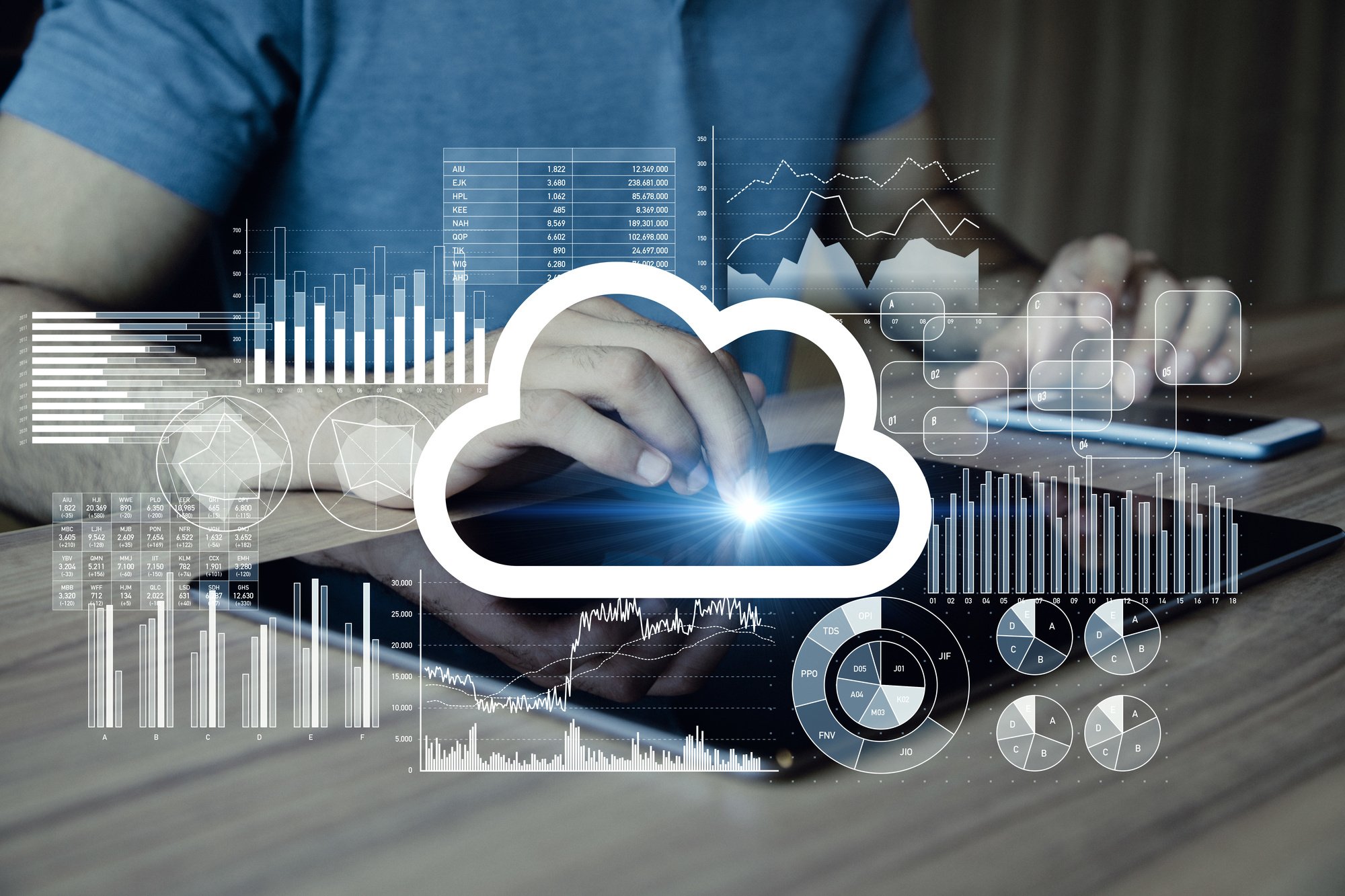What Is Cloud Security?

Cloud security is a collection of policies, procedures, and technologies, which are used to secure the virtualized infrastructure, data, applications, networks, and related controls. It includes two types of security. Discover about devsecops now.
Physical security includes hardware-based controls, which can be implemented by the administrators of a service such as an application. Physical security can be combined with security from the Internet and cloud service providers (CSPs). For example, a website with content, such as a blog, has a user account. The administrator of this account has control over the physical configuration of the website. For instance, if a hacker gains access to the user's account, then they can do as they wish with the server software. Learn about the cloud cspm on this article.
Software-based security is an application, which uses software as a security mechanism. Software-based security can also be combined with physical security. For example, the administrator of a website can have control over the software that the site uses to run. This could include things like encryption of passwords and access control, which is not possible with physical security.
There are many different types of Cloud Security. It is important to consider all of them when building a website. For example, there are multiple levels of security for each website, including physical security, software based security, or an application layer of protection.
Physical security is usually implemented through physical controls like firewalls, IP block lists, and intrusion detection systems. Application layer security is an application-level layer of security, which focuses on preventing hacking attacks, malicious software, and other threats. In contrast, software-based security is usually implemented through various layers of software like, firewall rules, anti-virus packages, anti-spyware packages, anti-phishing packages, etc. It is important to choose the best type of Cloud Security for your organization.
When it comes to the combination of physical security and application-layer security, it is important to consider a number of factors, including your level of IT risk, your business environment, security costs, security needs, network size, your budget, the number of employees, and number of sites, security needs, etc. It is also important to consider any additional costs you may incur for cloud-based security.
Cloud security can also include a variety of applications. For example, you could have a database that is protected via an application layer of security. This includes things like encryption of stored passwords, security tokens, and authorization keys. In addition to this, you could also use a security token for authentication purposes. The system administrator could use a password, or provide authorization for users by using a token.
You could also use a web-based security tool or service for application layer security. These tools allow you to create and deploy multiple security tokens on a website in order to manage access. this security.
It is important to understand how a system administrator can implement cloud-based security such as application layer security. It requires that the systems administrator to have complete knowledge of the server configuration, and the types of security programs installed on the server. It also requires that the administrator be able to monitor the system. It is also important to look into the cost of cloud security versus physical security. Cloud security requires an extensive knowledge of the technical side of security, which can be difficult for some people. Explore more on this subject here: https://www.huffpost.com/entry/cloud-security-how-it-wor_b_945285.
